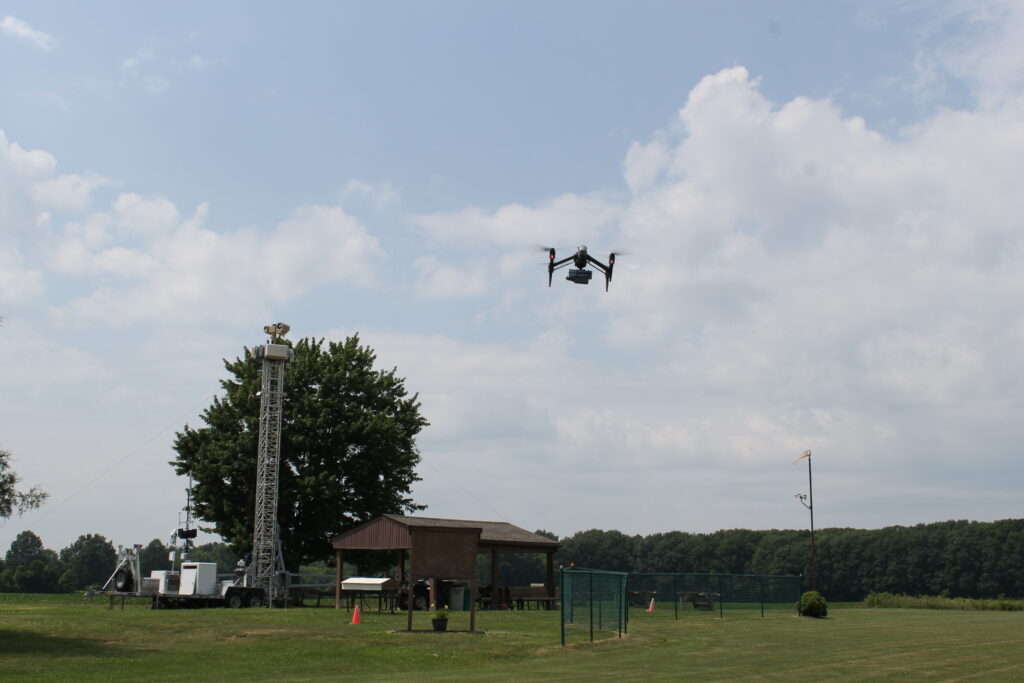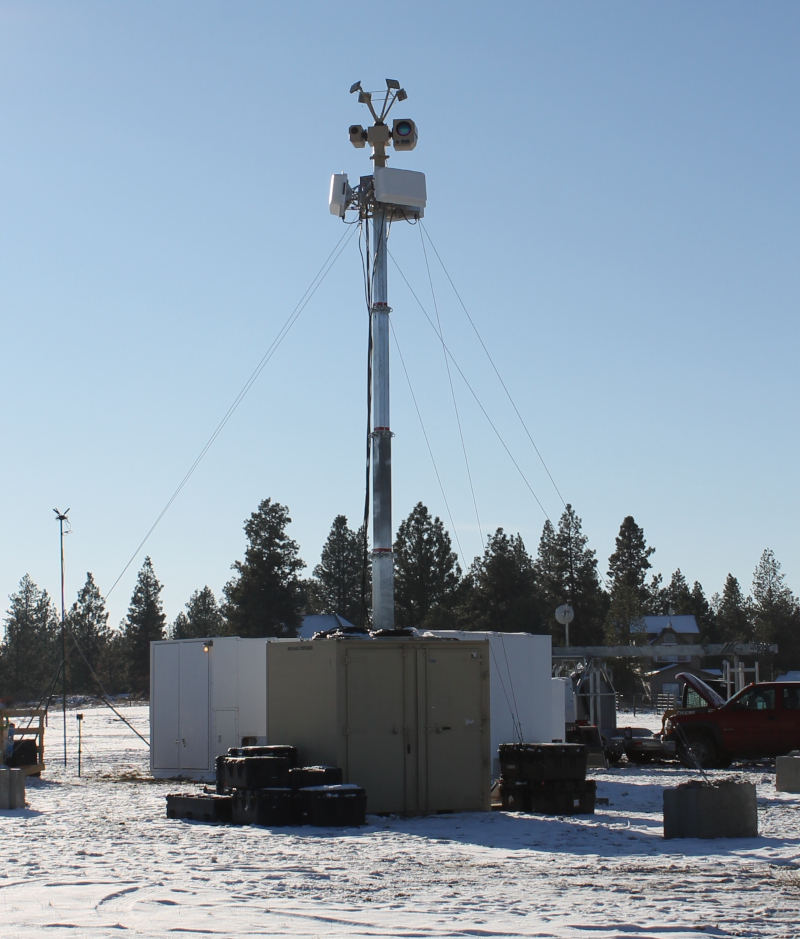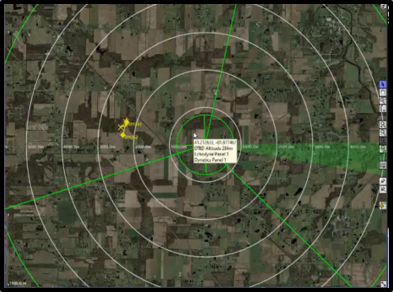Counter-UAS
Evolving Air Threats
Adversaries seek to take advantage of inexpensive and easy to operate unmanned aerial systems. The ability of these unmanned aircraft vehicles to conduct both surveillance and direct-action lethal missions is proving to be a threat that must be addressed and countered. A system of systems approach is needed to provide effective Counter-Unmanned Aerial System (C-UAS) capabilities.


Meeting Mission Needs
Lycan’s multi-sensor, multi-layer approach provides an effective and easy to use system for detecting, tracking, and mitigating a wide range of UAS technologies, and provides multi-mission capabilities (ground surveillance). The modular architecture of Lycan allows for easy integration with existing C2 systems and can ingest additional sensors to address site-specific needs in an ever-evolving threat landscape.
Mitigation Options
IEC offers several mitigation options such as soft kinetic mitigation using an interceptor drone to net the invading UAV, RF mitigation, and directional and omnidirectional jamming to disrupt drone operation.
What Sets Us Apart from the Competition?
While C-UAS systems do an outstanding job of target detection, they frequently detect far more than just the UAS targets, especially birds. This is often the unspoken make or break factor in the effectiveness of a C-UAS system, as operators will quickly learn to ignore warnings from systems with too many false targets.
Lycan takes a different approach. Rather than the unguided neural network approach of so many others (which are typically around 55%-60% effective at reducing clutter), our proprietary heuristic AI approach scores >90% effective, making Lycan the easiest to use, most effective C-UAS system on the market.


Same scene shown with all radar targets displayed (left) and with IEC’s clutter mitigation engaged (right)
